

This comprehensive guide explores everything you need to know about wood screw inserts, helping you select the perfect solution for your project. We'll cover different types, materials, installation methods, and common applications to ensure you make an informed decision.
Wood screw inserts are small, threaded metal pieces embedded into wood to reinforce screw holes and prevent stripping. They enhance the durability and holding power of wood, especially in softer wood species or when using repeated screw insertions. They provide a much stronger, more reliable connection than simply screwing directly into the wood. The choice of wood screw insert depends on the application, the type of wood, and the size of the screw.
These are the most common type. They consist of a threaded metal cylinder that's inserted into a pre-drilled hole. Different materials, such as brass, steel, and stainless steel, offer varying levels of strength and corrosion resistance. They are often used with machine screws for a robust, permanent connection. The advantage is a very strong and durable connection capable of holding up to high stress, while their limitation is the requirement of a precise hole.
These inserts cut their own threads into the wood as they're driven in. This eliminates the need for pre-tapping the hole, simplifying installation. However, they might not be as strong as threaded inserts. These inserts are generally less expensive and require less precise hole making, therefore it's a cost-effective solution for applications where the ultimate strength isn't crucial.
Bushings are cylindrical sleeves that reinforce the wood around the screw hole. They're typically used when the screw hole is already damaged or weakened. They offer enhanced holding power and can improve the overall strength of the joint. Bushings are also generally used where the screw needs to be inserted multiple times into the same hole.
The material of your wood screw insert greatly impacts its durability and longevity. Common materials include:
The installation process varies depending on the type of wood screw insert. Generally, it involves drilling a pilot hole, inserting the insert, and then securing it with a setting tool (often a specialized driver bit) or by tapping it in with a hammer. Always consult the manufacturer's instructions for specific guidelines.
The best wood screw insert depends on several factors:
| Material | Strength | Corrosion Resistance | Cost |
|---|---|---|---|
| Brass | Medium | Good | Medium |
| Steel | High | Low (unless coated) | Low |
| Stainless Steel | High | Excellent | High |
Remember to always prioritize safety and follow manufacturer instructions when working with wood screw inserts. For a wider selection of high-quality fasteners and related products, explore the offerings of Hebei Muyi Import&Export Trading Co.,Ltd. They provide a variety of options to meet your specific needs.
This information is intended for general guidance only. Always consult the manufacturer's instructions for specific product details and installation procedures.

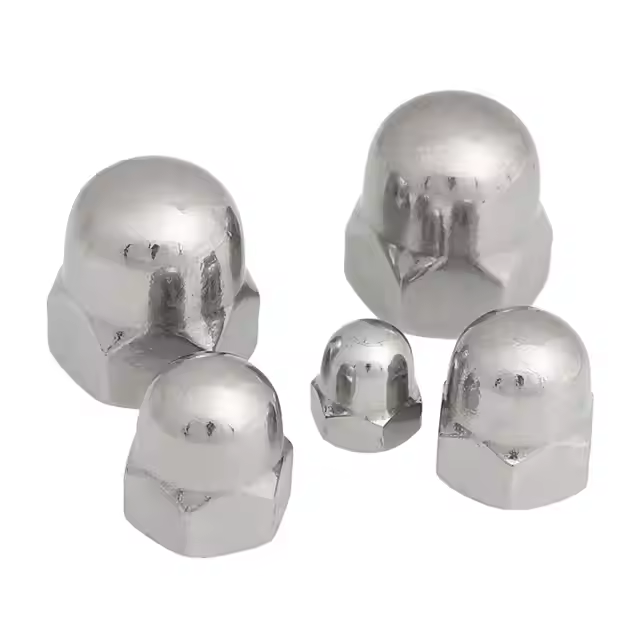

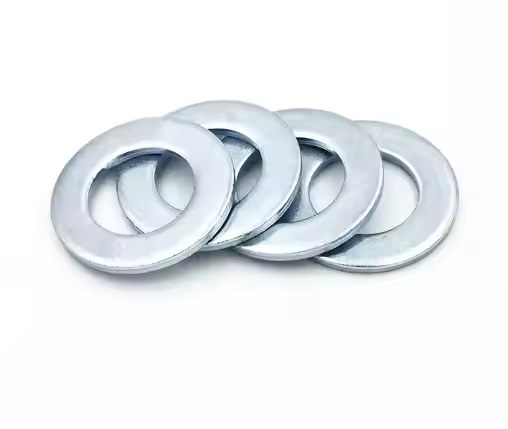
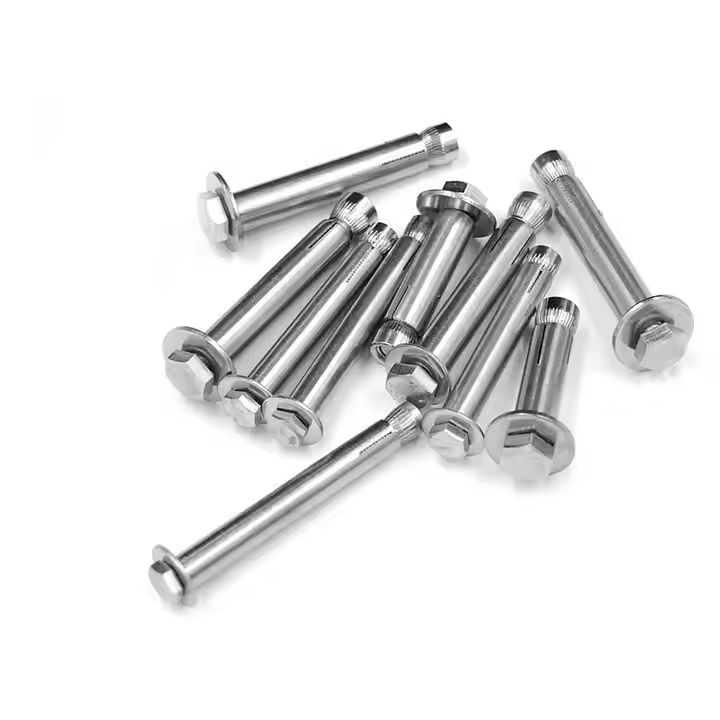

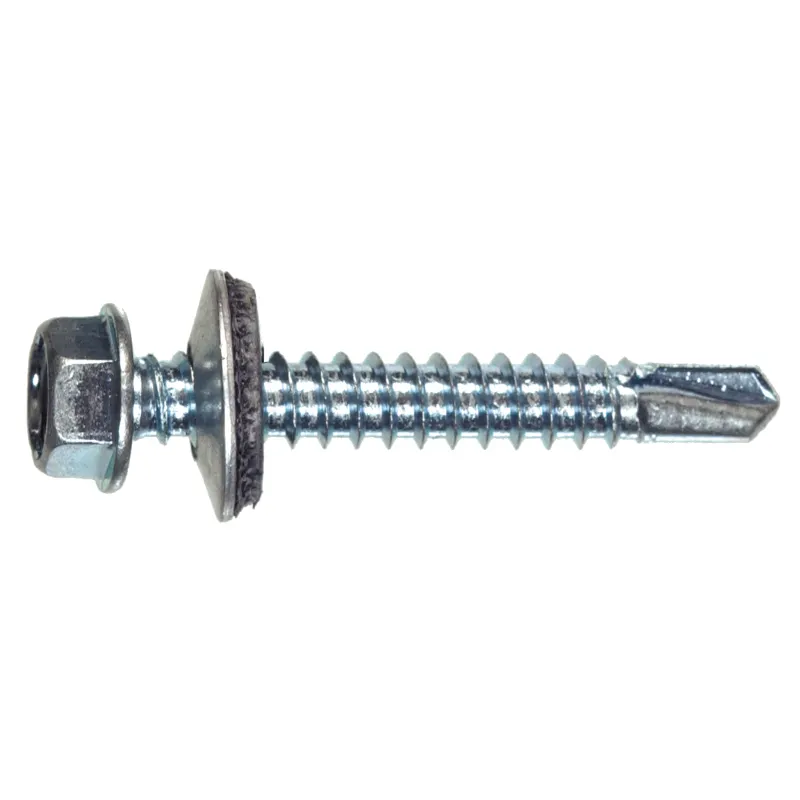
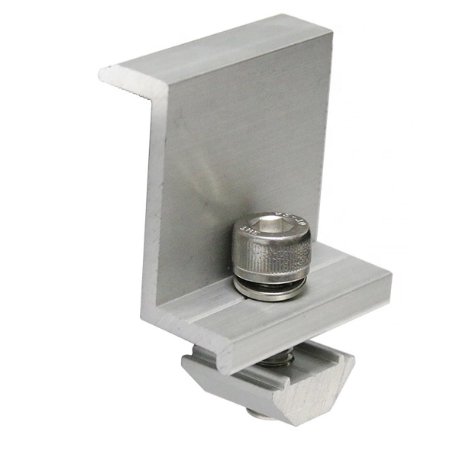
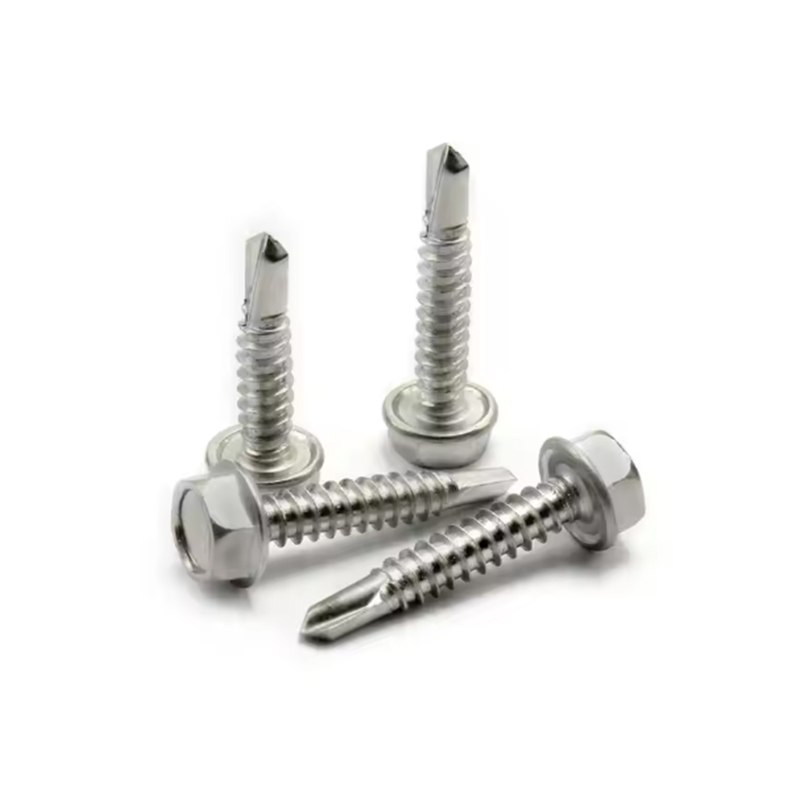

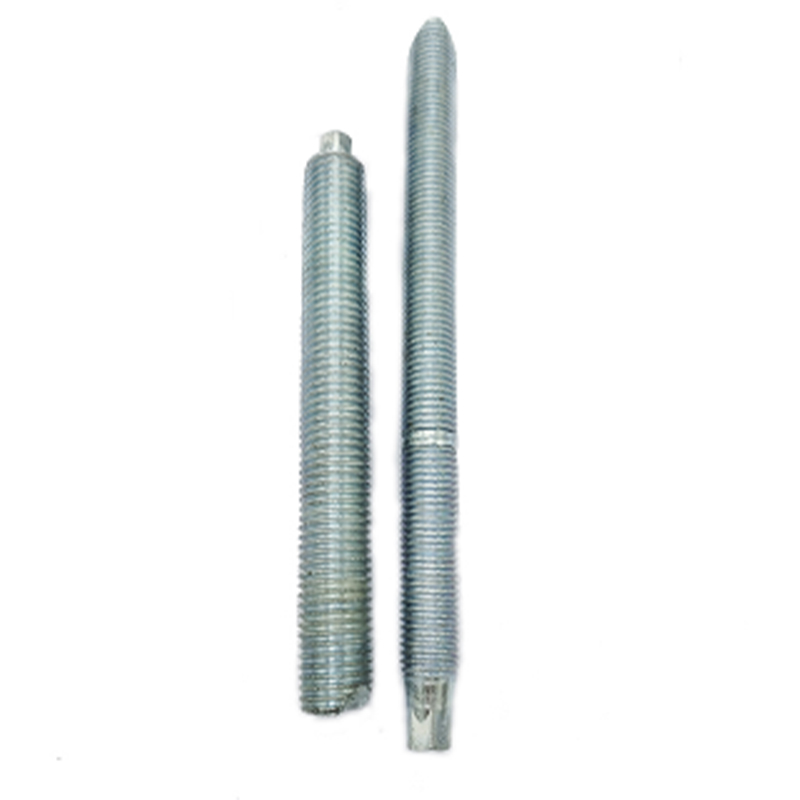


Please enter your email address and we will reply to your email.